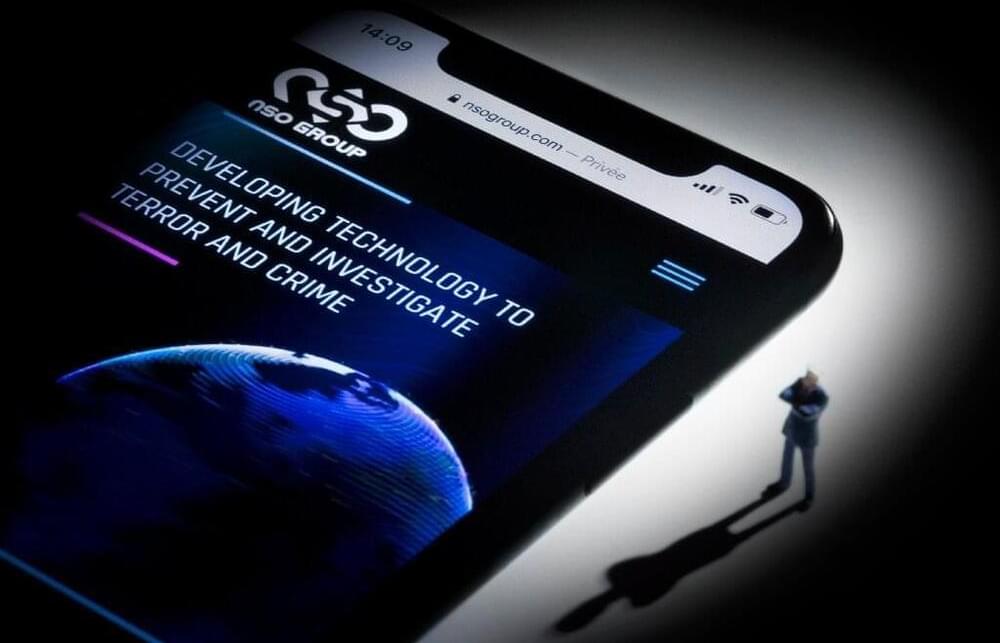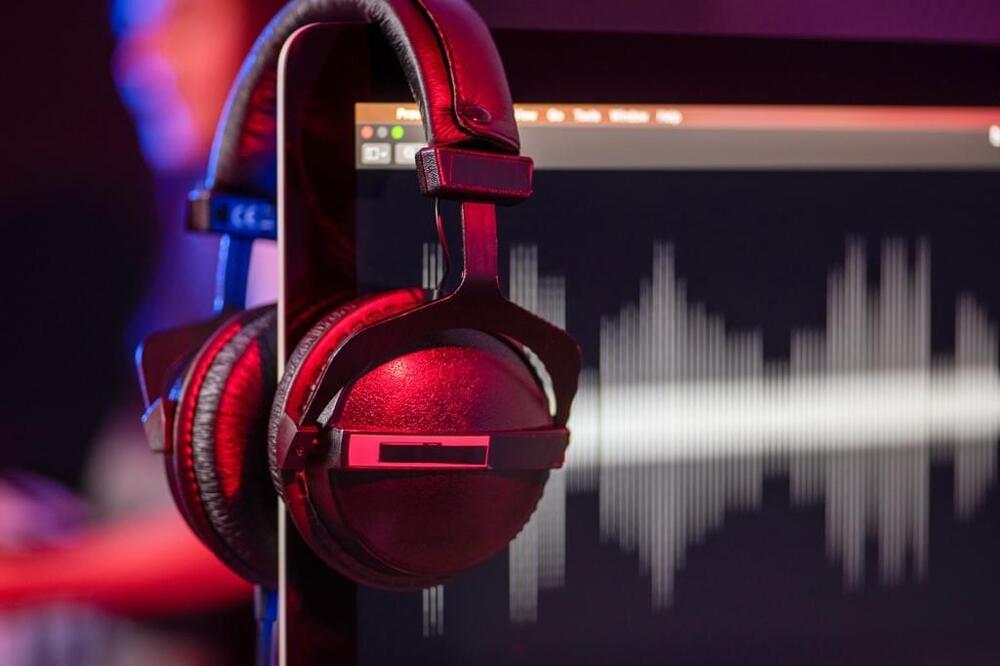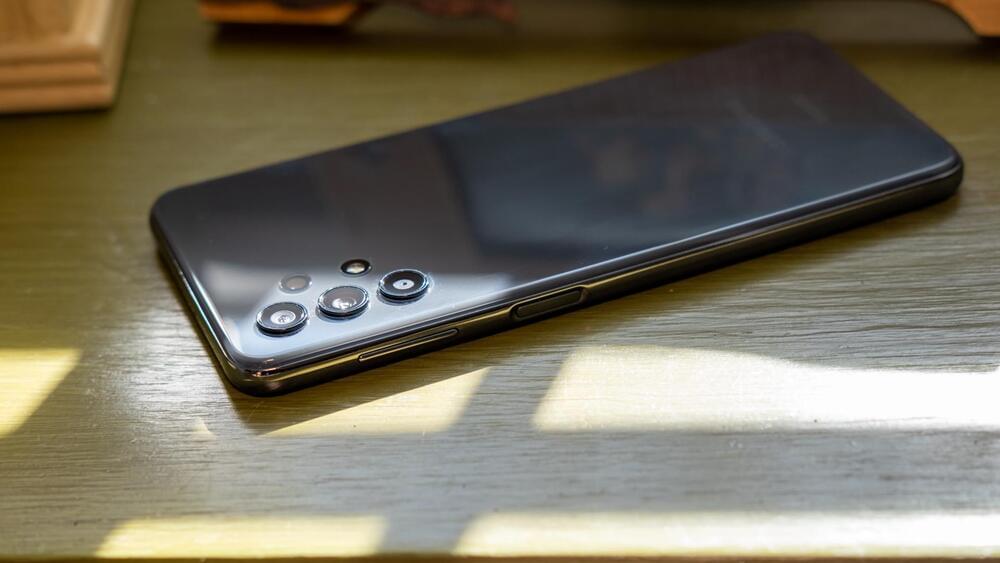Dec 4, 2021
Futurists predict how we’ll one day eat, vacation and work
Posted by Derick Lee in categories: cybercrime/malcode, mobile phones, privacy, robotics/AI
Forget about Mark Zuckerberg, Facebook and all the talk about a metaverse. The real future will be a world that is convenient and scary and fantastical — at least according to futurologists. As this year ends, here’s a glimpse at what life might be like … one day.
Facial recognition is already common for phones, but “In 30 years it’s quite possible that you will not use a key or even a credit card. You’ll use your face or iris to make purchases and open locks. Recognition will be that good,” said Martin Ford, author of “Rule of the Robots: How Artificial Intelligence will Transform Everything.”
“The scary thing, though, will be if someone hacks your biometric data. Right now you can call the bank to change your pin or cancel a credit card. But you can’t cancel your biometrics.”

















